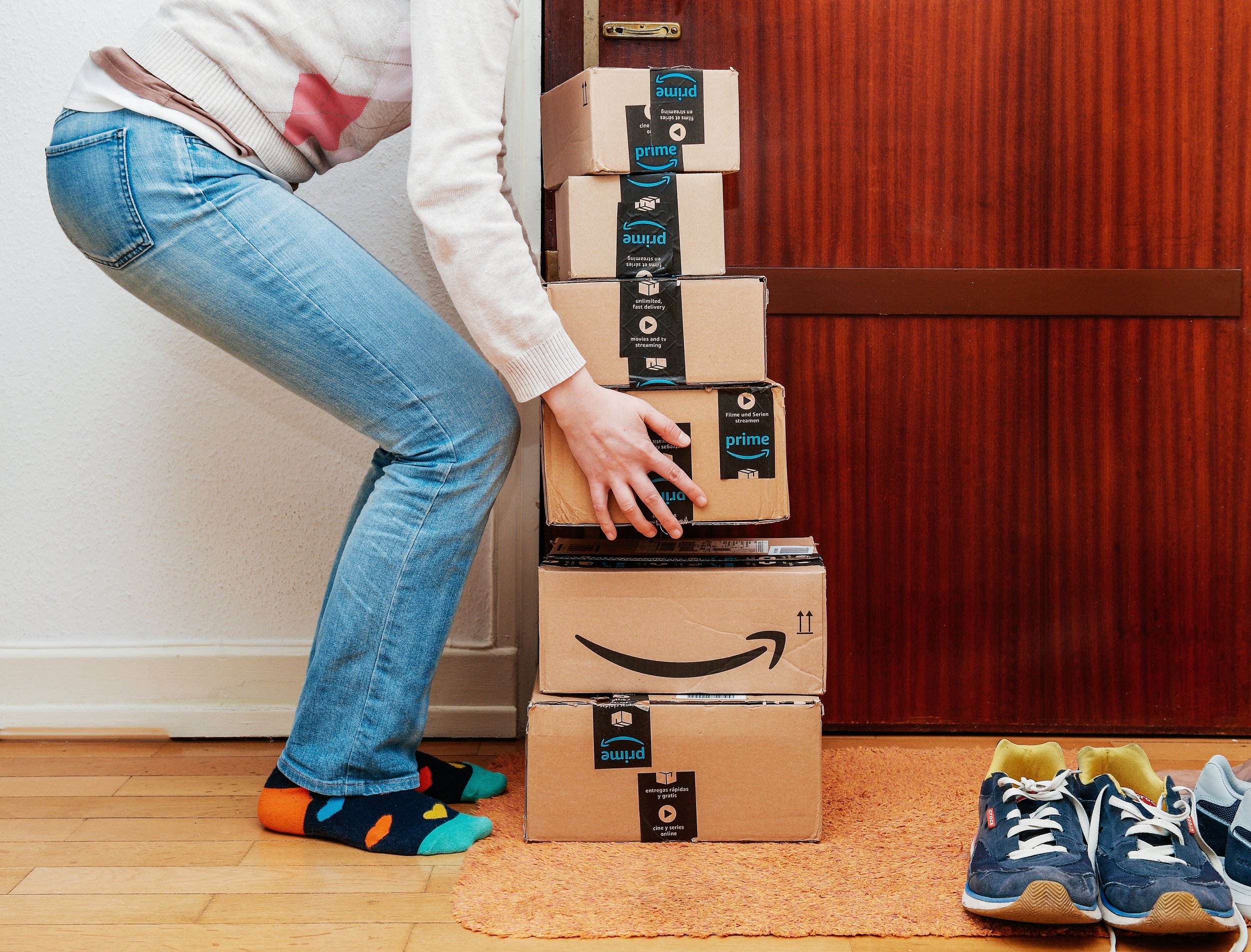The Psychology of Compulsive Shopping: Why We Can’t Stop Spending
The Psychology of Compulsive Shopping: Why We Can’t Stop Spending
Understanding the Emotional Triggers and Financial Impact of Shopping Addiction
Do you ever find yourself hitting "Add to Cart" without a second thought? Maybe it's a flash sale, a bad day, or just the thrill of a new purchase. Whatever the reason, you’re not alone. Compulsive shopping—often referred to as shopping addiction or compulsive buying disorder—is more common than you might think.
But why do we spend when we know better? Why does that brief rush of excitement overshadow the long-term consequences? The answer lies deep within the fascinating psychology of shopping behavior.
In this post, we’ll explore the emotional triggers behind compulsive spending, how it impacts your financial health, and, most importantly, how to regain control.
What Is Compulsive Shopping?
Compulsive shopping isn’t just about overspending occasionally; it’s a persistent, uncontrollable urge to buy things, often without a real need. While it may not be officially classified as an addiction like drugs or alcohol, the behavioral patterns are strikingly similar. The cycle of anticipation, the emotional high of purchasing, and the inevitable crash of guilt afterward can create a powerful loop that's hard to break.
If this sounds familiar, you’re not alone. Many people struggle with spending habits that feel out of control. But understanding why it happens is the first step toward change.
Related Reading: Taming Your Spending – Learn practical tips to manage impulsive spending habits effectively.
The Emotional Triggers Behind Compulsive Spending
1. Emotional Regulation (Or Lack of It)
Shopping can act as an emotional Band-Aid. Feeling stressed, anxious, or even bored? A quick shopping trip—whether online or in-store—can provide temporary relief. This is known as retail therapy, and while it feels good in the moment, it often leads to financial regret later.
Emotional spending isn’t inherently bad, but when it becomes a default coping mechanism, it can spiral into compulsive behavior.
Want to explore more about emotions and money? Check out 3 Ways to Change Negative Money Talk to shift how you think about finances.
2. The Dopamine Rush
When you make a purchase, your brain releases dopamine—the "feel-good" chemical. It’s the same neurotransmitter that lights up during pleasurable activities like eating your favorite food or receiving a compliment. The problem is that your brain starts craving that dopamine hit more frequently, leading to repeated spending just to feel that temporary high.
This neurological response is why compulsive shopping can feel addictive.
3. Social Influence and Comparison
We live in a world where social media constantly showcases curated versions of people’s lives—luxury vacations, designer wardrobes, perfectly decorated homes. This creates unrealistic expectations and fuels the “keeping up with the Joneses” mentality.
Comparison triggers feelings of inadequacy, pushing people to spend in an attempt to "measure up." Unfortunately, this often leads to debt and dissatisfaction.
Struggling with social pressure? The Modern 'Keeping Up with the Joneses' dives into how comparison culture affects your finances.
The Financial Impact of Compulsive Shopping
Compulsive shopping doesn’t just drain your wallet—it affects every aspect of your financial life:
Debt Accumulation: High-interest credit cards, personal loans, and overdrafts can pile up quickly.
Savings Depletion: Instead of building an emergency fund or saving for future goals, money disappears on non-essential items.
Financial Anxiety: The stress of living paycheck to paycheck or hiding purchases from loved ones can take a toll on your mental health.
Relationship Strain: Financial secrecy can create tension in relationships, leading to arguments and trust issues.
Need help managing debt caused by compulsive spending? How to Pay Off Debt offers a step-by-step guide to regain financial control.
How to Break Free from Compulsive Shopping Habits
1. Identify Your Triggers
Start by recognizing when and why you feel the urge to shop. Is it after a stressful day at work? When you're feeling lonely? Keeping a spending journal can help you track patterns.
Try This: Schedule a weekly Money Date with Yourself to reflect on your financial habits and set mindful goals.
2. Practice Mindful Spending
Before making a purchase, ask yourself:
Do I really need this?
How will I feel about this purchase tomorrow?
Am I buying this to fill an emotional void?
Implementing a 24-hour rule for non-essential purchases can help you make more intentional decisions.
3. Set Financial Boundaries
Limit access to credit cards, unsubscribe from promotional emails, and avoid "window shopping" when feeling vulnerable. Use budgeting apps to track expenses and set spending limits.
Need a budgeting refresher? Five Ways to Build a Budget and Stick to It can help you create a financial plan that works for you.
4. Find Healthy Coping Mechanisms
Replace the shopping habit with activities that provide emotional satisfaction without financial consequences:
Exercise
Meditation
Journaling
Talking to a trusted friend or therapist
Consider seeking professional help if compulsive shopping severely impacts your life. Therapy, especially Cognitive Behavioral Therapy (CBT), can be highly effective.
Final Thoughts: You’re Not Alone in This
Compulsive shopping is often a symptom of deeper emotional needs. Recognizing the patterns, understanding the emotional triggers, and taking small steps toward change can make a significant difference in both your financial health and emotional well-being.
You don’t have to navigate this journey alone. Explore these resources to support your path toward financial confidence:
Remember: Financial freedom isn’t about perfection. It’s about progress. Every mindful decision you make today is a step closer to the life you deserve.
Read more! 👇
What is a Spending Fast and How It Helps
Five Ways to Build a Budget and Stick To It
Disclaimer:
This content is for informational purposes only and not legal, financial, or tax advice. Consult a qualified professional for advice specific to your situation. The Financial Confidence Coach is not liable for actions taken based on this information.





